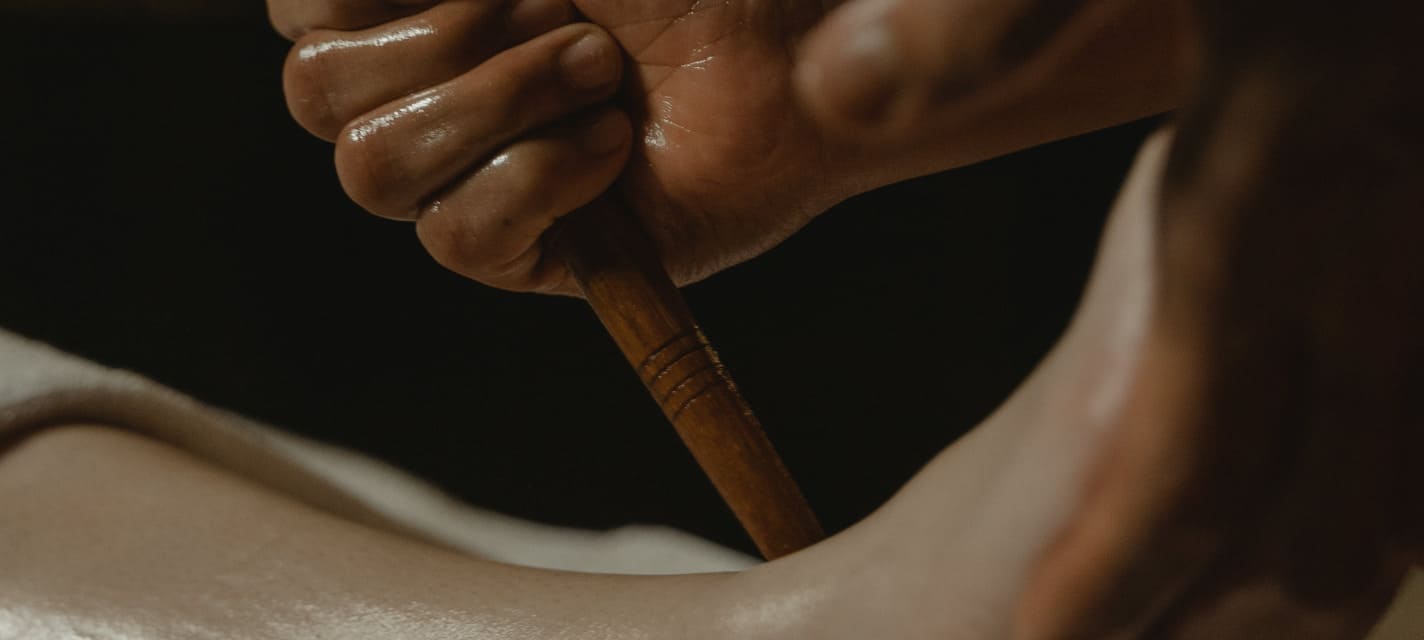Thai massage is a centuries-old healing art renowned for its holistic approach to wellness. Its efficacy not only lies in the techniques applied but also in the mindful utilization of body mechanics. Understanding the importance of body mechanics and their profound impact on both the practitioner and recipient is integral in Thai massage training.
Fundamentals of Body Mechanics
Thai massage, deeply rooted in ancient traditions, is founded on the principle of utilizing body weight, proper posture, and precise movements to deliver therapeutic benefits. Practitioners are taught to engage their entire body, harmonizing fluid motions with the recipient’s energy flow.
The Role of Proper Posture
In Thai massage school, emphasis is placed on maintaining correct posture throughout the massage session. A well-aligned posture not only prevents strain and injury to the practitioner’s body but also enhances the effectiveness of the massage techniques, ensuring optimal pressure and energy transfer.
Cultivating Body Awareness
Central to Thai massage training is the cultivation of heightened body awareness. Practitioners learn to attune themselves to subtle cues from their own bodies, enabling them to adjust their movements and pressure intuitively, promoting a deeper connection with the recipient.
Techniques for Practitioner Well-being
Thai massage education doesn’t solely focus on massage techniques; it encompasses self-care practices for practitioners. Techniques like body stretching, meditation, and ergonomic principles are imparted to ensure the longevity of a practitioner’s career and sustain their physical and mental well-being.
Movement and Flow
A hallmark of Thai massage is its rhythmic and continuous flow. Students are trained to seamlessly transition between movements, maintaining a consistent pace that induces relaxation and aids in the free flow of energy throughout the recipient’s body.
Integrating Holistic Healing
Beyond the physical aspects, Thai massage schools emphasize holistic healing. Practitioners are encouraged to embody a nurturing presence, fostering a safe and healing environment that nurtures the recipient’s mind, body, and spirit.
Implementing Learnings into Practice
Upon completion of Thai massage school, practitioners carry forth a profound understanding of body mechanics. They apply these learnings in their practice, ensuring not only effective treatments but also fostering a therapeutic space conducive to healing and relaxation.
Body mechanics form the bedrock of effective Thai massage practice. In Thai massage schools, aspiring practitioners delve deep into these principles, understanding their significance in delivering profound healing experiences. By perfecting body mechanics, practitioners not only enhance their techniques but also safeguard their own well-being, fostering a harmonious exchange of therapeutic benefits between giver and receiver.
Thai massage, when mastered with an acute understanding of body mechanics, transcends mere physical manipulation. It becomes a sacred dance, an artful expression of healing that nurtures both practitioner and recipient. In the holistic world of wellness, the mastery of body mechanics taught in Thai massage schools is a cornerstone for practitioners seeking to perfect their practice and elevate the art of healing.

